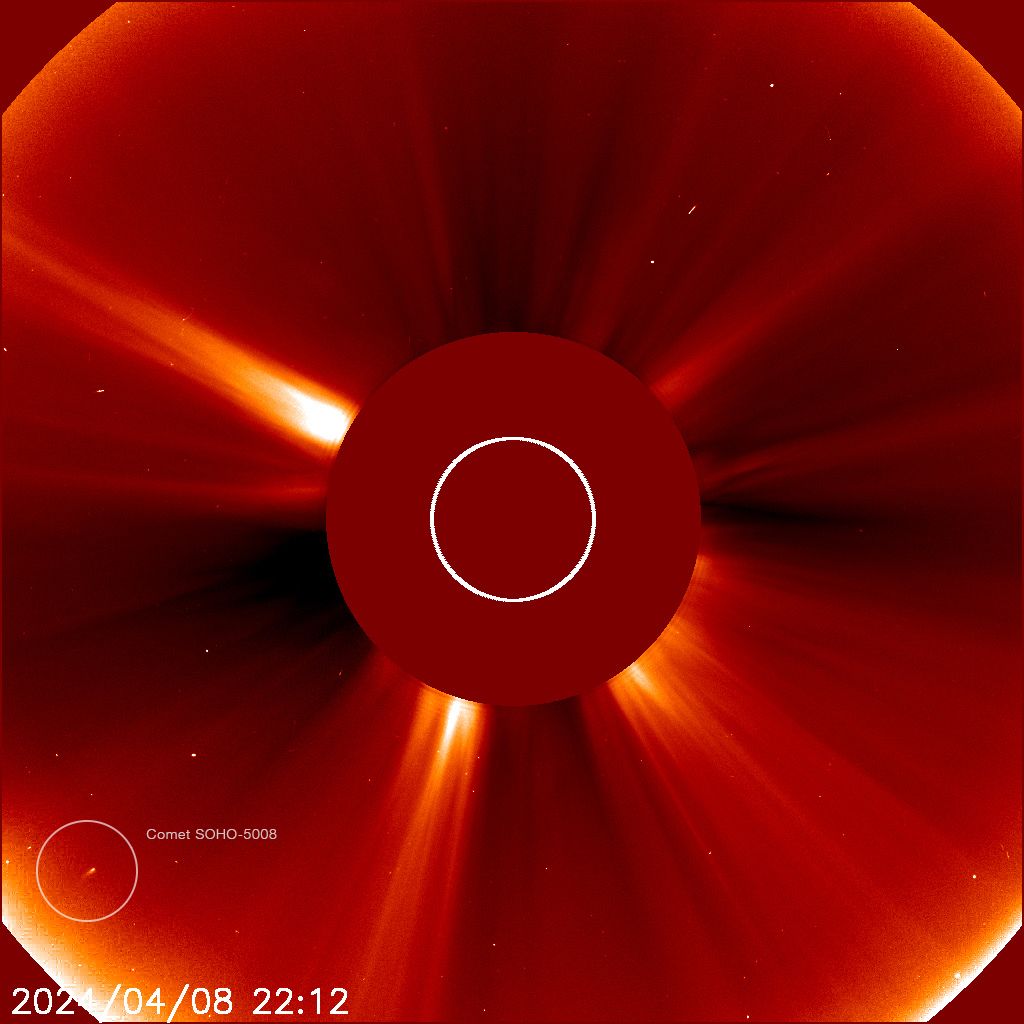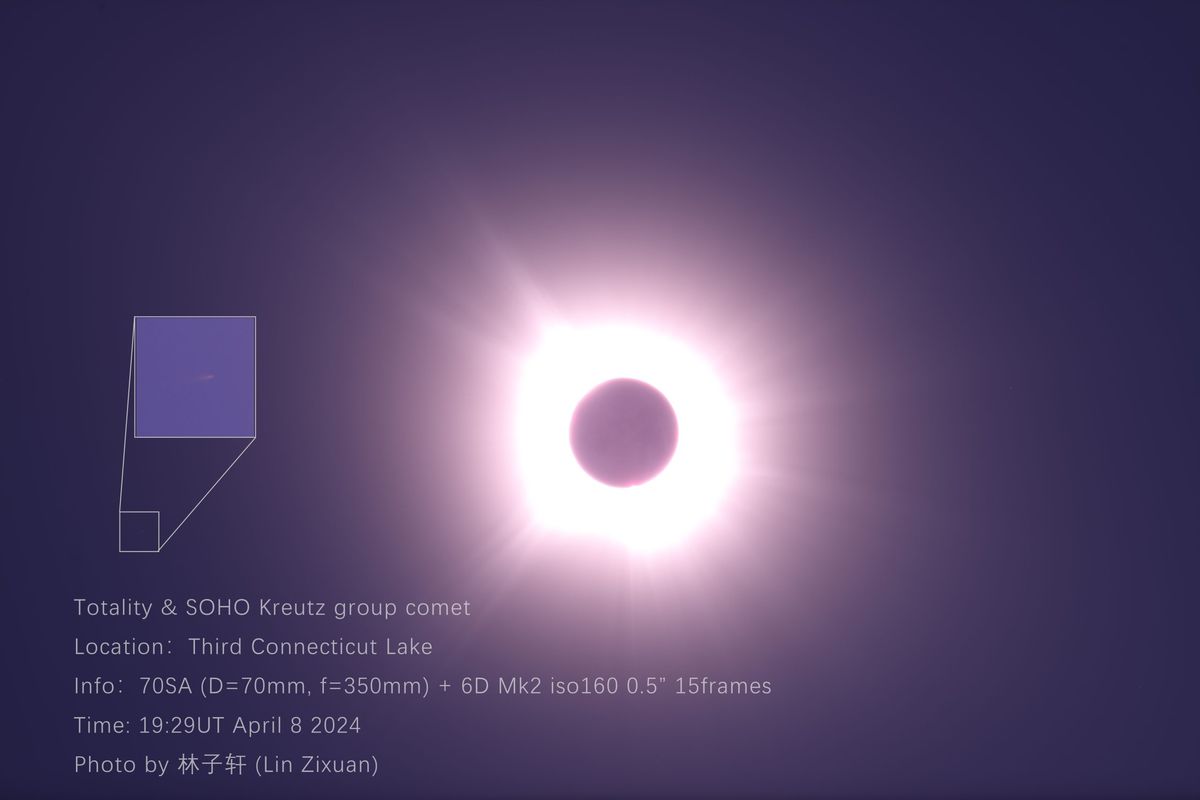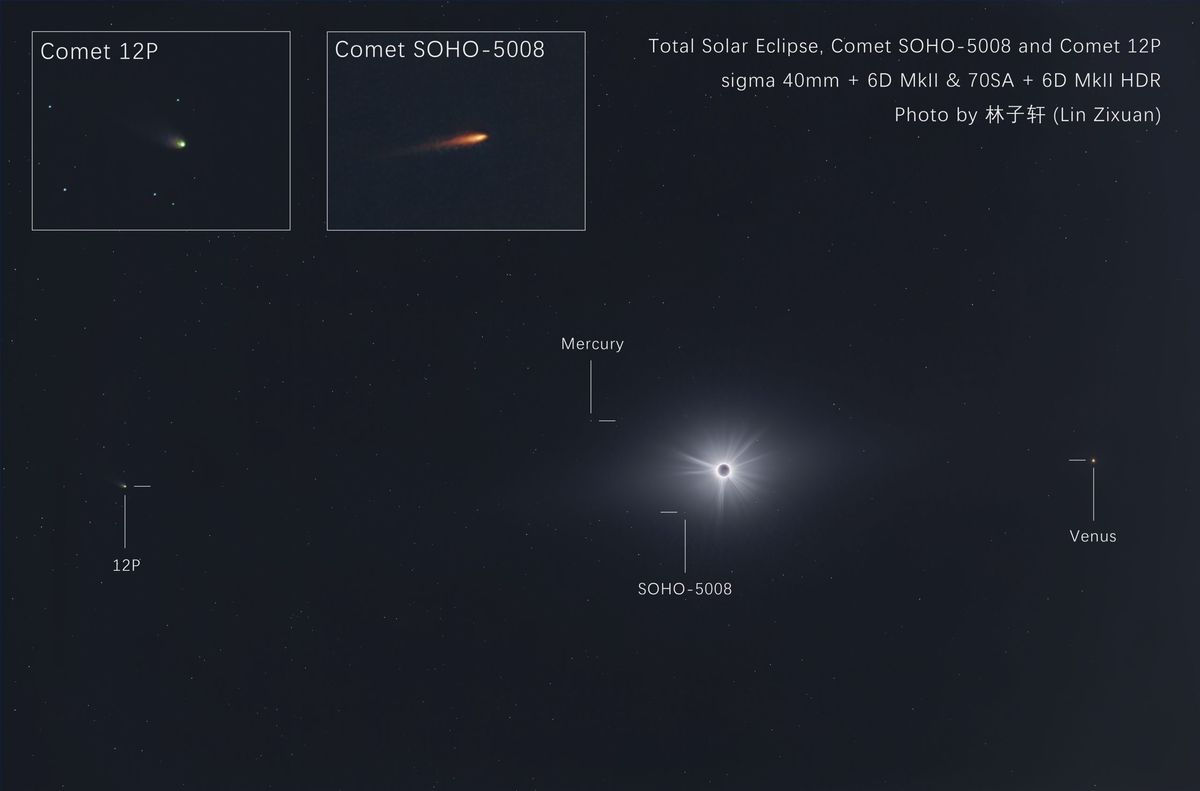BREAKING NEWS: Senate Votes to Reauthorize Critical U.S. Surveillance Law
Senate Enacts Bipartisan Surveillance Law Reauthorization
WASHINGTON (AP) — In a crucial development just minutes before midnight, the Senate voted to reauthorize the key U.S. surveillance law, preventing its expiry after intense deliberations. The passage of the legislation, with a 60-34 bipartisan support, extends the program called Section 702 of the Foreign Intelligence Surveillance Act (FISA) to continue for two more years. The bill will now be sent to President Joe Biden’s desk for signing, and the White House has affirmed that Biden intends to execute this swiftly.
FISA: The Backbone of National Security
U.S. officials emphasize the significance of the reauthorized surveillance tool, which has been crucial in disrupting terror attacks, cyber intrusions, and countering foreign espionage. The collection of intelligence through this program has yielded valuable information for national security operations, including the successful mission that resulted in the elimination of the 2022 al-Qaida leader, Ayman al-Zawahri.
Republican Senator Marco Rubio, the Senate Intelligence Committee’s top Republican member, underscored the tangible implications of the program, stating, “If you miss a key piece of intelligence, you may miss some event overseas or put troops in harm’s way. You may miss a plot to harm the country here, domestically, or somewhere else. So in this particular case, there’s real-life implications.”
Program Renewal amidst Challenges
Section 702 of FISA empowers the U.S. government to collect foreign intelligence data without a warrant, focused on non-Americans residing outside the country. The reauthorization of the program encountered a tumultuous path towards final passage, as clashes between advocates for privacy rights and proponents of national security almost led the legislation to an expiration point.
Despite technically coming to the brink of expiration, the authority for the program remained operational due to a recent ruling by the Foreign Intelligence Surveillance Court. Nonetheless, the Biden administration highlighted the necessity of congressional authorization to ensure seamless continuity in intelligence gathering, as cooperation from communication companies may be jeopardized by an expired program.
Progressive and Conservative Lawmakers Engaged in Negotiations
While a group of progressive and conservative lawmakers sought to impose further changes to the bill, including restricting the FBI’s access to Americans’ information, negotiations between the lawmakers and Senate Majority Leader Chuck Schumer prompted a compromise. Schumer eventually permitted the critics to have floor votes on their proposed amendments in exchange for expediting the overall passage.
Unfortunately, the proposed amendments, including one advocating for the requirement of a warrant before the access of American communications, did not garner enough support for inclusion during the final passage.
Strong Backing and Considerations
Attorney General Merrick Garland praised the reauthorization, emphasizing its indispensability to the Justice Department. Garland stated, “This reauthorization of Section 702 gives the United States the authority to continue to collect foreign intelligence information about non-U.S. persons located outside the United States, while at the same time codifying important reforms the Justice Department has adopted to ensure the protection of Americans’ privacy and civil liberties.”
Both the House and Senate intelligence committees, along with the Justice Department, warned about the consequences of requiring warrants, stressing that it would hamper the nation’s ability to respond effectively to urgent national security threats. Democratic Senator Mark Warner, the Chair of the Senate Intelligence Committee, expressed concerns, declaring, “I think that is a risk that we cannot afford to take with the vast array of challenges our nation faces around the world.”







